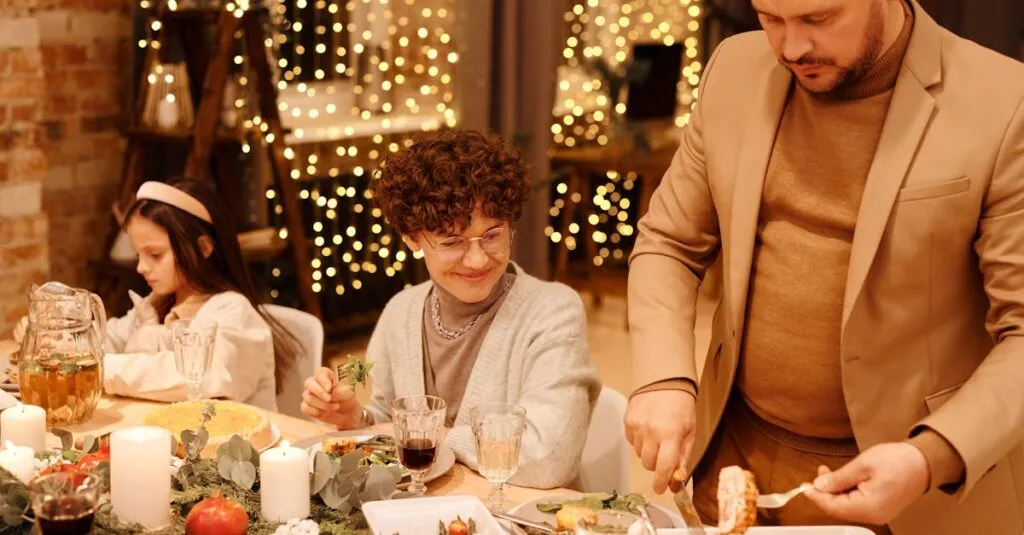Understanding Gratitude in Preschoolers
Understanding gratitude in kids starts with understanding their world. Preschoolers live in a world where the line between fantasy and reality is as fun as it is blurry. They are so focused on their immediate needs that the concept of being grateful may seem more elusive than the magical unicorns they believe in.
Start by talking about what gratitude means using words and examples they can understand. Share stories of times when someone did something nice for you and how it made you feel. Make it relatable—like the joy of finding an extra cookie in the jar. Understanding their perspective makes teaching easier and shows them how thankful hearts grow.

By engaging their imagination and emotions, you can help them recognize and appreciate the small acts of kindness around them. This foundation will not only teach them gratitude but also instill a sense of empathy and connection to others.
Simple Ways to Teach Giving Thanks
Teaching gratitude can be as simple as, well, ABC. Here are some effective strategies to instill a habit of thankfulness in children:
- Begin with a Thank-You Habit: Encourage kids to thank not only people but also God and the universe around them!
- Use Fun Games: Implement games like ‘Thankful Treasure Hunt’, where they find things to be thankful for. It’s all about turning it into an adventure!
- Mix Laughter with Lessons: See how even the grumpiest little ones start finding joy in gratitude.
- Keep it Simple and Consistent: Incorporate a daily gratitude moment at bedtime.
Over time, this habit will become second nature – or as second nature as getting sticky peanut butter on the ceiling.

Turning Gratitude into a Family Routine
Embed gratitude into your family routine by making it a highlight rather than a chore. Here are some creative ways to incorporate gratitude into your daily life:
- Turn Meal Times into Gratitude Parties: Share three things each family member is thankful for, from the trivial to the tremendous – even if it’s just for not stepping on a Lego today.
- Create a Gratitude Jar: Encourage kids and adults to drop written notes of thanks into a jar. Each Saturday, make it a mini celebration by reading them together.
- Relive Tiny Victories: Use the time spent reading these notes as an opportunity to relive joyful moments and appreciate the little things.
Consistent practices like these tie gratitude to everyday life, making it memorable and magical.

Overcoming Emotional Challenges
Not everything about teaching gratitude is rosy sunsets and teddy bear hugs. Emotional challenges arise, often when children face disappointment. Helping them deal with such situations can be trying; they must learn to be grateful even when things don’t turn out their way.
Use gentle conversations to channel negative emotions constructively. Empathize with their feelings, assuring them that not getting a rainbow every day doesn’t mean clouds are forever. Encourage discussions about feelings, practicing patience, and finding silver linings to support emotional growth.
Reading stories of persistence might help them develop resilience. Navigate these with kindness and see gratitude bloom in their hearts.

